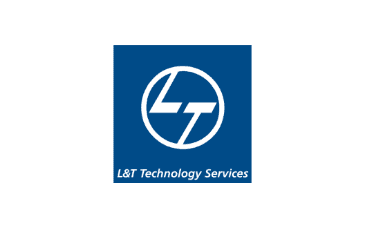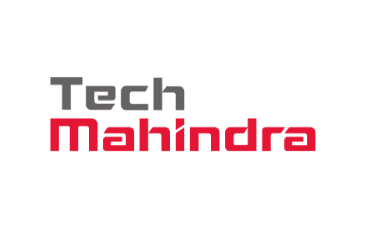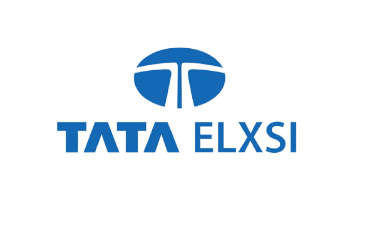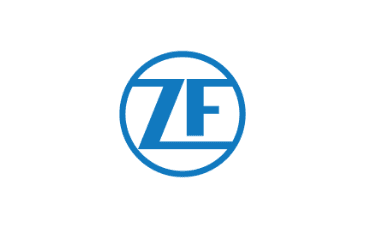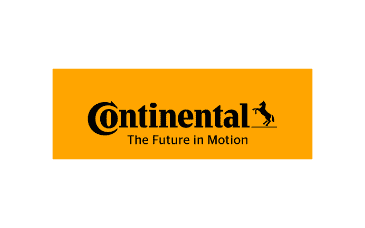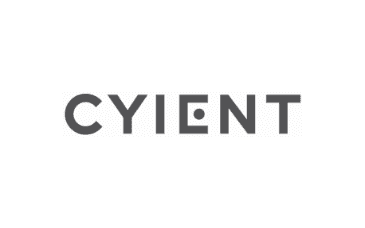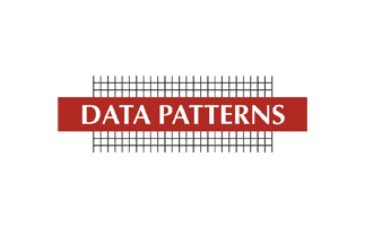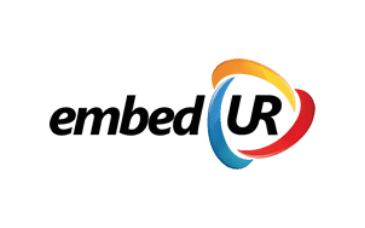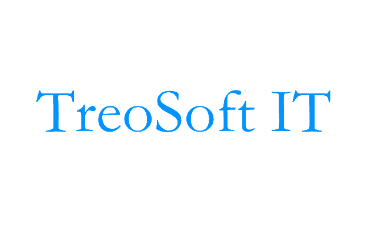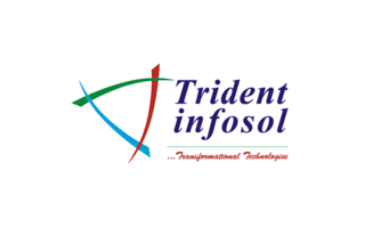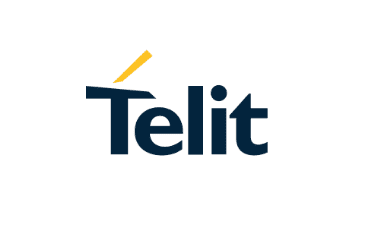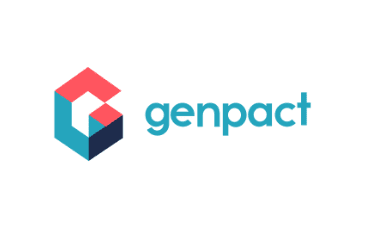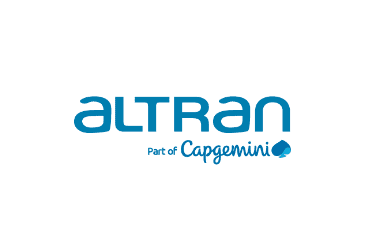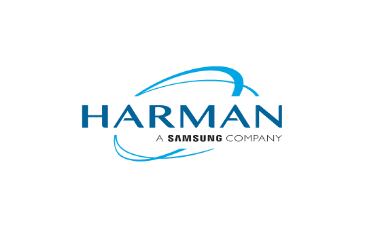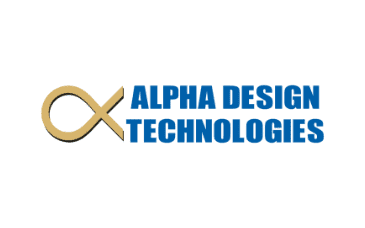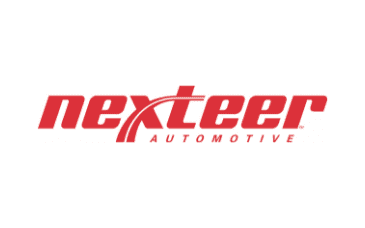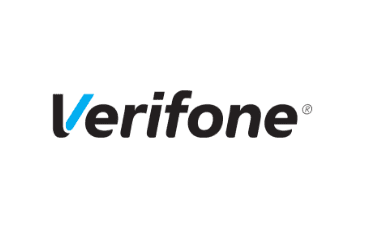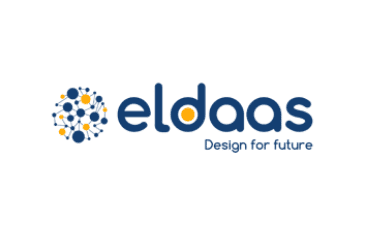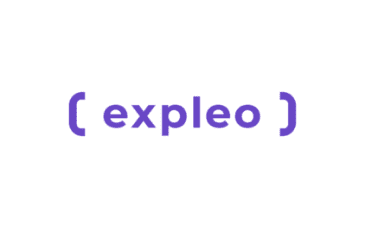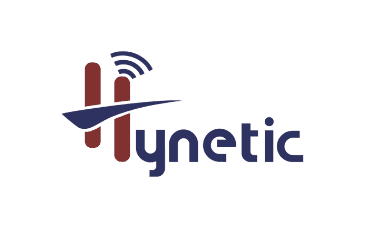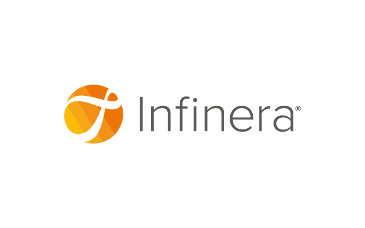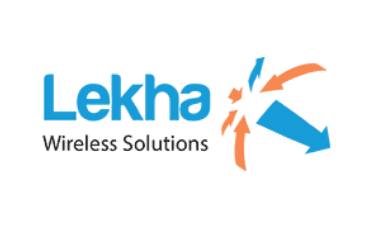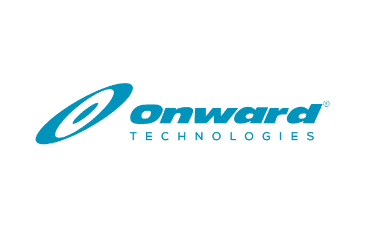PG Diploma in Applied Data Science with Deep Learning
100% JOB Assured with Globally Accepted Certificate
Duration: 6 Months
Eligibility: BE,CS, BCA
Intermediate
Modules
Database – 40 hrs.
- RDBMS using MySQL
- Python Programming & Advanced Python
- Problem Solving and Data Structures using Python
- Advanced Excel
- Data Analysis & Reporting using Power BI
- Exploratory Data Analysis with Pandas
SPECIALIZATIONS:
- Machine Learning Fundamentals & Advanced ML
- ML System Design & Deployment (MLOps)
- Deep Learning using TensorFlow
- Natural Language Processing
- Generative AI & Agentic AI
- AI Developer Tools (GitHub Copilot, Cursor.ai)
- Prompt Engineering & AI Ethics
Projects
- Apply statistical methods to make decision in various business problems, including bank, stock market etc.
- Apply regression to predict future flight price
- Apply classification to classify customer
- Use clustering to cluster banking customers
- Computer vision projects like Face recognition, Image Quality Improvement etc.
- Gesture recognition captured through image or video data
- Identify the Gender using streamlit
Platform:
- Anaconda Distribution Jupyter, Spyder, Google Colab, Pycharm
- MySQL
- Microsoft Excel
- POWERBI.
- Libraries: Pandas, Matplotlib, Seaborn
- ML Libraries: sklearn, Tensorflow, Pytorch, NLTK
| Database | ||
|---|---|---|
| RDBMS using MySQL – 40 hrs. – 10 Days – 2 weeks | ||
| Introduction to databases and RDBMS, Database creation, concept of relation and working examples | Creating tables, Design view of the table, Alter table operations & Key Constraints | Read, update and delete operations on tables, Working with nulls |
| Querying tables: SELECT statement, examples and its variations | Filtering, Sorting, Predicates and working examples | Joins in SQL and working examples, Insert, Update, Delete operations |
| Scalar functions in SQL and working examples | SQL set-based operations and data aggregation | Subqueries, Normalization & De-normalization |
| Views and Temporary tables | Transactions in SQL | SQL Programming, Stored Procedures, Cursors in SQL |
| Core Programming | ||
| Python Programming & Advanced Python – 80 hrs. – 20 Days – 4 weeks | ||
| Introduction to Python, Python Data types and Conditions, Control Statements | Functions, Default arguments, Functions with variable args, Scope of Variables | Global specifier, Working with multiple files |
| List and Tuple, List Methods, List Comprehension | Map and Filter functions, String operations, Conditional List Comprehension | Set and Dictionary, Exception Handling, File Handling |
| Object-Oriented Programming, Overloading, Operator Inheritance | Regular Expression, Finding Patterns of Text, Meta Characters | Testing Fundamentals, Unit Testing, Working with JSON |
| Decorators | Iterators | Generators |
| Problem Solving and Data Structures using Python – 60 hrs. – 15 Days – 3 weeks | ||
| Time and Space Complexity | Utopian Tree, Viral Advertising, Birthday Cake Candles, Migratory Birds, Kaprekar Number | Pangram String, Anagram String, Palindrome, Index, Array Rotation |
| Data Analytics | ||
| Advanced Excel – 40 hrs. – 10 Days – 2 weeks | ||
| Introduction to MS Excel, Fill Series, Flash Fill, Logical Functions – IF, AND, OR, NOT, IFERROR | Text Functions, Date Functions, Statistical Functions | VLOOKUP & HLOOKUP, Index & Match Functions, Sorting & Filtering Data |
| Pivot Table, Data Validation, What-if Analysis | Charting Techniques, Interactive Dashboard Creation | Data Analytics Project using Excel |
| Data Analysis & Reporting using Power BI – 20 hrs. – 5 Days – 1 week | ||
| Introduction to Power BI, Getting started with Power BI Desktop | Data Modelling, Advanced Data Transformation | Creating Visualization, Dashboards & Best Practices |
| Conditional Formatting, Data Cleaning | Exploratory Data Analysis | Table Formatting & Reporting |
| Exploratory Data Analysis with Pandas – 40 hrs. – 10 Days – 2 weeks | ||
| NumPy Vectorization, Broadcasting, Slicing of Matrices | Filtering, Stacking of Arrays, Matrix Calculations | Pandas Series & DataFrames, Data Cleaning & Handling Missing Data |
| Grouping & Aggregation, Merging DataFrames (concat, merge) | Sorting Data, Importing CSV & Excel files | Creating Graphs using Matplotlib, Customizing Plots with Seaborn/Plotly |
| End-to-End Machine Learning Model Development using scikit-learn and real-world datasets | ||
| Specialization | ||
| Machine Learning Fundamentals & Advanced ML – 80 hrs. – 20 Days – 4 weeks | ||
| Introduction to Machine Learning, Regression, Logistic Regression | Supervised & Unsupervised ML, Simple & Multiple Linear Regression | Naïve Bayes, Decision Trees, Train-Test Split |
| KNN, Random Forest, Clustering (types, evaluation, Elbow Plot) | Regression Optimization – Forward Elimination, Grid Search CV | Classification Models – Ensemble Modeling, Bagging, Boosting (ADA Boost) |
| Model Evaluation – KFold, Stratified KFold, Performance Metrics | Regularization (L1, L2), SVM, PCA | Stacking, Voting, Dimensionality Reduction |
| ML System Design & Deployment (MLOps) – 40 hrs. – 10 Days – 2 weeks | ||
| MLOps Fundamentals, Reproducible Project Setup | Data Versioning & Validation, Experiment Tracking & Model Registries | Feature Store, CI/CD Pipelines, Model Deployment & Monitoring |
| Advanced Deployment Strategies, Production Model Monitoring | ML Infrastructure Scaling, Pipeline Orchestration | End-to-End MLOps Project |
| Advanced AI | ||
| Deep Learning using TensorFlow – 40 hrs. – 10 Days – 2 weeks | ||
| Introduction to Deep Learning, Performance Metrics for ANN | Neural Networks, CNN Architecture & Types | Project-based CNN Implementation |
| Need for Hardware & Data Augmentation | Basics of Image Processing, Batch Normalization, Dropout | OpenCV Library, Image Enhancement & Filtering |
| Edge Detection, Morphology, Forward & Backward Propagation | CNN for Computer Vision, TensorFlow, PyTorch, Keras | RNN, LSTM, Basic OpenCV Functions |
| Natural Language Processing – 40 hrs. – 10 Days – 2 weeks | ||
| Introduction to NLP, Applications & Understanding Text | Text Encoding, Word Frequencies, Stop Words, Bag of Words, TF-IDF | Stemming, Lemmatization, Canonicalisation, Phonetic Hashing |
| Spell Correction, PMI, Word2Vec, Gensim | NER, POS Tagging, Dependency Parsing, Syntactic Analysis | Semantic Similarity, Sentence Embeddings, BiLSTM |
| Generative AI & Agentic AI – 40 hrs. – 10 Days – 2 weeks | ||
| Introduction to Gen AI, Rule-based vs Neural Generation | GANs, VAEs, Transformers, Applications & Ethics | FastText, Sentence Embeddings, Visualizing Embeddings |
| Prompt Engineering, Zero/Few-Shot Prompting | Chain-of-Thought Style, System & User Prompts | Common Prompt Engineering Mistakes |
| AI Applications | ||
| AI Developer Tools (GitHub Copilot, Cursor.ai) – 20 hrs. – 5 Days – 1 week | ||
| AI Assistant Fundamentals | Mastering GitHub Copilot | Exploring Cursor.ai |
| Effective Code Prompting | AI Debugging & Testing | Ethics & Best Practices |
| Prompt Engineering & AI Ethics – 20 hrs. – 5 Days – 1 week | ||
| Prompting Fundamentals | Advanced Prompting Techniques | Bias, Fairness & Mitigation |
| AI Transparency & Accountability | Privacy & Data Governance | Responsible AI Practices |
FAQs
What is the duration of the PG Diploma in Data Science course?
The course duration is 6 months, covering both foundational and advanced data science modules.
Who is eligible to apply for the course?
The program is open to graduates in BE,CS,BCA from any engineering stream.
Is prior programming experience required?
Not mandatory, but basic knowledge of programming or mathematics/statistics is recommended for better understanding.
What topics are covered in the curriculum?
The course includes:
- Python Programming & Data Structures
- Data Analytics (Excel, Power BI, Pandas)
- SQL & RDBMS
- Machine Learning
- Deep Learning & NLP
- Generative AI & Prompt Engineering
- Hands-on Project Work
What tools and platforms will I learn?
You will work with tools like:
- Jupyter, Google Colab, PyCharm
- MySQL, Excel, Power BI
- Python Libraries: Pandas, NumPy, Matplotlib, Scikit-learn, TensorFlow, PyTorch, NLTK
Are the classes conducted online or offline?
The format is not explicitly stated. It’s best to contact Cranes Varsity directly to confirm if the mode is online, offline, or hybrid.
Is this a government-recognized or university-affiliated diploma?
While the program offers a "globally accepted certificate", specific government or university affiliations are not mentioned. You should inquire directly for accreditation details.
What kind of projects will I work on?
You will complete real-time projects on:
- Regression & Classification
- Clustering Techniques
- Computer Vision & Gesture Recognition
- AI Application Use Cases
What kind of certification will I receive?
You will receive a PG Diploma in Data Science certificate from Cranes Varsity, which is marketed as globally recognized.
Is there placement assistance after completing the course?
Yes, Cranes Varsity claims to offer 100% job assurance. They provide placement support through job portals, company connections, and resume/interview preparation.
What is the fee structure of the course?
The exact course fee is not listed online. Interested candidates should contact Cranes Varsity directly for current pricing and payment options.
Are there any scholarships or entrance tests?
Yes, a scholarship test is mentioned on the website. You should inquire about eligibility, test dates, and the extent of fee waivers.
How do I apply and when does the next batch start?
You can apply through the official website
by filling out the enquiry form. The training calendar provides upcoming batch dates—check or contact the admissions team for details




